
始于 1923 年
在Calligaris,我们认为家具应该既实用又优雅。
我们认为,创新设计应该能够提供现实生活中的解决方案和基本的舒适感。即使在该行业拥有 100 年的经验后,我们仍在继续尝试材料和饰面。
毕竟,我们拥抱变化的能力也许是Calligaris品牌最持久的特征。
- 灵感
- 研究
- 解决
- 设计
- 生产
- 家具
我们知道每个空间和主妇的需求都不同,因此我们提供广泛的产品和定制选项,以确保您找到自己喜欢的产品><。 无论是随时准备欢迎朋友和家人的用餐区、沙发的舒适呼唤、漫长的一天结束时床铺的梦幻前景、思想和灵感可以自由流动的家庭工作区,当涉及到现实生活的现代设计时,Calligaris 都是您永远有宾至如归的感觉的地方。
我们相信质量。事实上,我们选择顶级材料,我们研究新配方以提供最好的性能和耐用性,我们将我们的产品提交给严格的测试序列,以获得符合最高标准的必要认证。最重要的是,我们喜欢与日俱增的亲密和长期关系,这就是为什么您会在世界各地找到我们的商店。
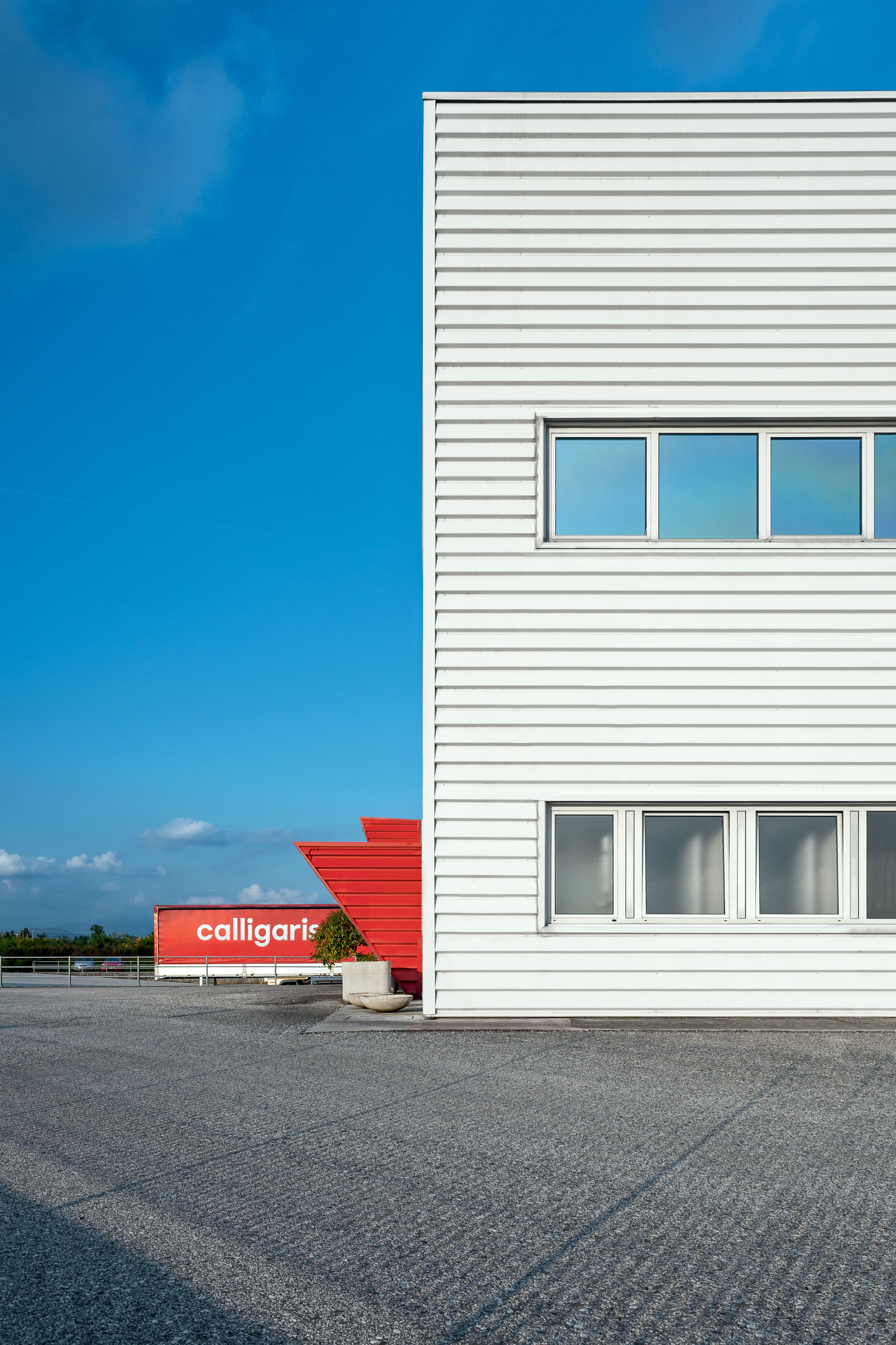
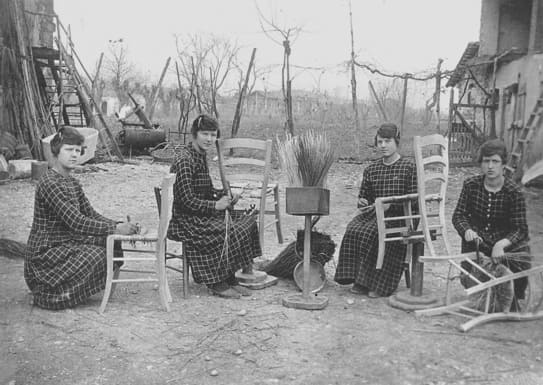
With the outbreak of World War I many men were enlisted, soon leading economy to paralysis.
By the end of the war, 70% of the industrial infrastructure and factories were destroyed. However, at the beginning of the 1920s the number of companies in the Manzano area quadrupled: they were small and family owned businesses joining to the house. Calligaris was born in 1923 in Manzano as a small craft workshop founded by Antonio Calligaris for the production of the Marocca chair, that was characterized by a wooden frame and straw seat, typical artifact of the area.
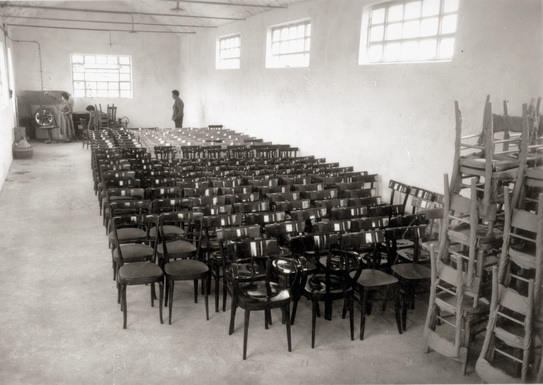
In the following years and until the 1950s a network of companies, which complemented each other, was created and the largest ones started subcontracting part of the chair components.
Antonio Calligaris’ workshop organized the production bringing the timber from the surrounding mountains and the straw from the Friuli lagoon. The shop apprentices were entrusted with the staining of the straw, which was done with natural colors.
There were few machineries, most of the work was done by hand and mainly by women who took care of weaving the straw seats and staining the chairs.
Among the chair types in production, on top of the Thonet models, was realized a “Milano” chair type (economical version of the Thonet chair and the first chair especially designed for office use).
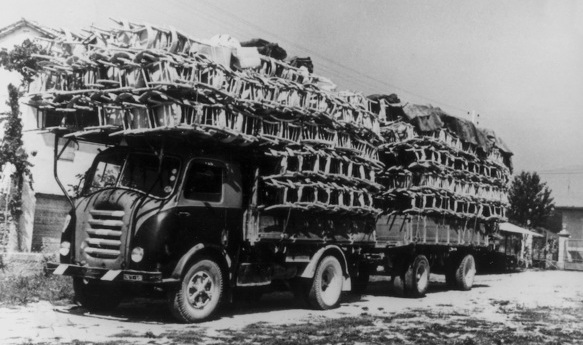
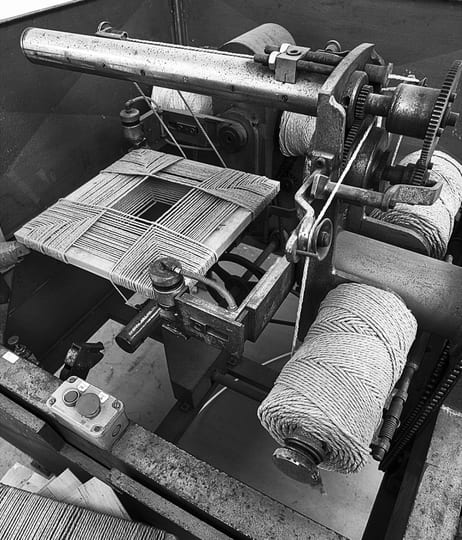
The following years record a constant growth of the company’s production capacity. It is transformed in a well structured industrial reality, a leader in a geographical area known worldwide as the “chair district”, and begins to lay the foundations for the conquest of other markets. The first catalogue appears and the export begins. As from this moment Calligaris starts distributing its products to the final consumers through local dealers both on the Italian and European territory.
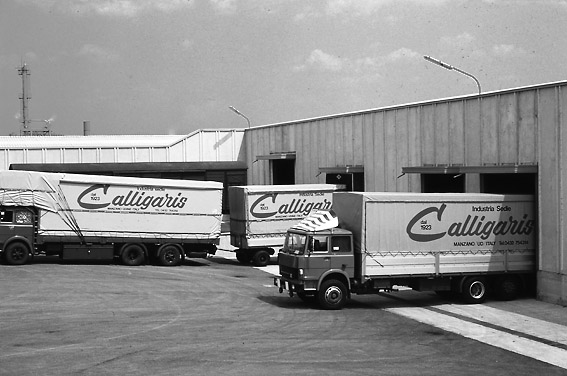
En 1986, Alessandro Calligaris, tercera generación de la familia, asumió la presidencia de la empresa. Calligaris amplía su gama con soluciones completas de mobiliario: sillas, mesas y accesorios.
La madera ya no es el único material en el que Calligaris mide su vocación por la innovación. La compañía, de hecho, también trabaja con metal, plástico, cuero y vidrio. En 1998 inaugura la primera sucursal en los Estados Unidos en High Point (Carolina del Norte).
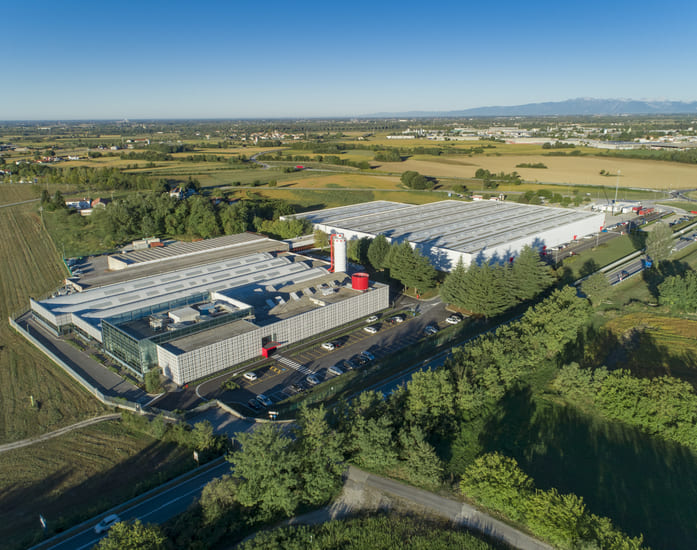
In 2008 opens the first Flagship Store in Milan, which is then followed by the ones in Paris and London. The Calligaris family’s Holding approves the purchase of 40% of Calligaris S.p.A. sole shareholder, which, in 2007, had been sold to L Capital a private equity fund part of the LVMH goup.
Calligaris becomes even more Italian in a time when foreign investors are shopping our fashion, design and luxury brands.
This marks a restart for Calligaris with a new expansion phase more than ever consistent with the history of a company, which, from its foundation in 1923, believes with confidence in the future and in Italy.
In October 2018, Alpha Private Equity Fund 7 finalized the acquisition of a majority stake of the Calligaris group.




















